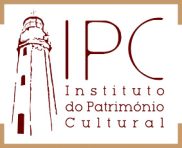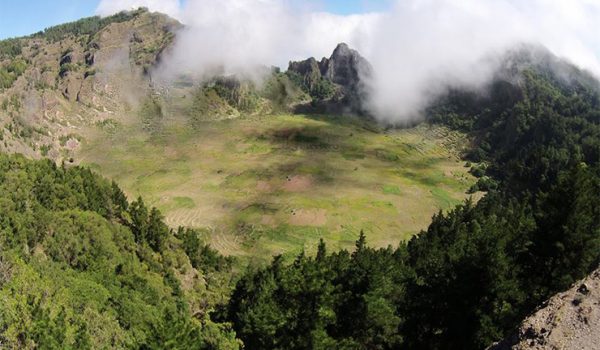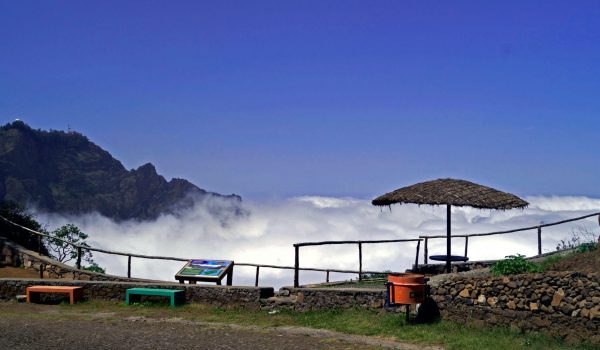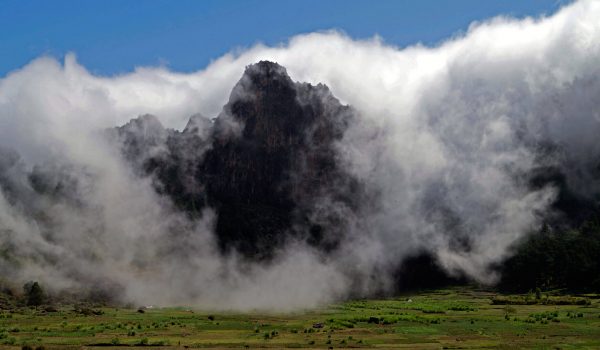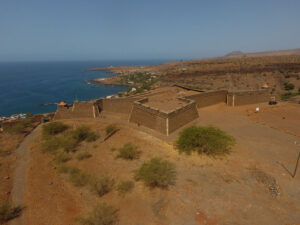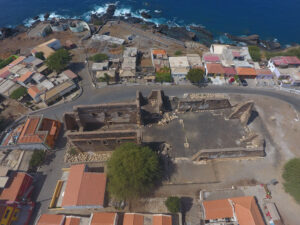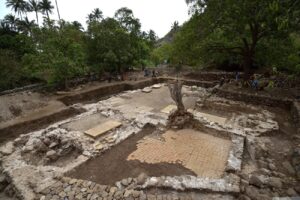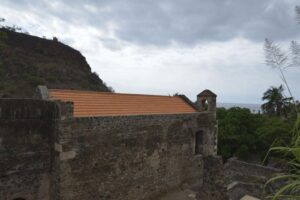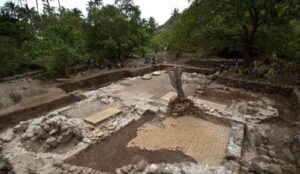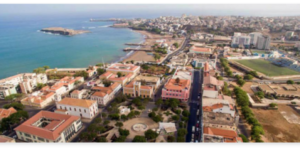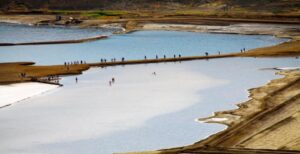The Natural Park of Cova, Paúl and Ribeira da Torre (PNCPRT) is located on the northern side of the island of Santo Antão, more specifically in the northeast, in an area of confluence of the three municipalities of Porto Novo, Ribeira Grande and Paul. The maximum altitude of the park is 1585 in the Pico da Cruz area.
The park is dominated in the highest areas by a volcanic crater (Cova), by forested areas of Pinus, Eucalyptus and Grevillea, by prominent peaks and areas of escarpments and cliffs that end in deep valleys. the microclimate is favored by a set of factors such as altitude, the exposure of the slopes, the hidden precipitation that assist the development of various plants, including native vegetation and agricultural practice. Thus, the PNCPRT has sui generis characteristics and is therefore considered one of the most emblematic samples of humid mountain ecosystems on the island and one of the most relevant agricultural ecosystems in Cabo Verde.
ler maisIts occupation began in the municipality of Ribeira Grande, at the end of the 16th century, this being the first population cluster on the island of Santo Antão. At the moment, about 350 households reside within the PNCPRT.
Since its occupation, a strong interaction between man and the physical environment has developed within the PNCPRT, conditioned by the pronounced orography, with steep and protruding mountains, forcing man to adapt with ingenuity and thus forging a peculiar landscape that represents a perfect symbiosis between man, nature and sustainable development. As an example, the construction of traditional houses, soil protection systems, irrigation infrastructures, and side paths are mentioned. Associated with these material aspects of the park is a strong intangible component expressed in traditional know-how and in collective memory, namely, in handicrafts made with local raw materials (sisal, reeds), in the transformation of agricultural products, mainly, grogue production, making goat cheese, liqueurs and sweets, traditional tales, work songs, traditional medicine using endemic and medicinal herbs. This set of values transmitted from generation to generation in a sociocultural balance has allowed the conservation of the landscape's identity.
With regard to natural heritage, the PNCPRT has one of the most significant centers of biodiversity in Cabo Verde, with a cluster of considerable endemism and the occurrence of in situ conservation.
The PNCPRT was inscribed on Cabo Verde's Tentative List, based on the following criteria (v), (vii) and (x).
ler menos